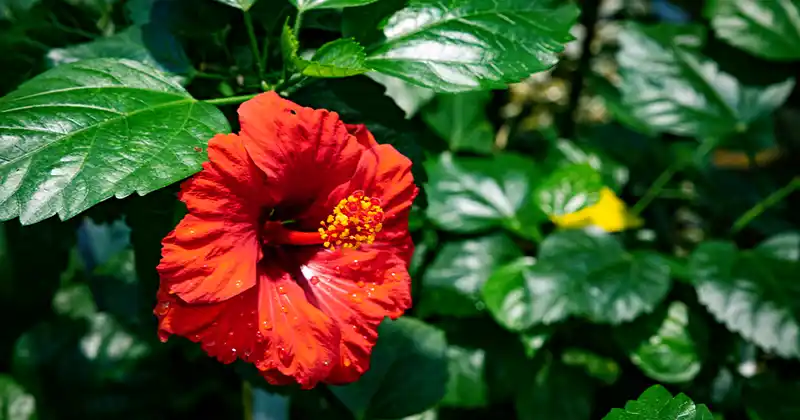
Hibiscus (Hibiscus rosa-sinensis), often known as the Chinese Rose, is not just a beautiful ornamental plant but also a treasure trove of health benefits. Both the leaves and flowers are used in traditional remedies for their numerous properties. Here’s a detailed guide on their benefits and how to use them.
Benefits of Hibiscus Leaves
- Promotes Hair Growth – Hibiscus leaves are rich in nutrients that nourish the scalp and strengthen hair roots.
- Controls Dandruff – The natural antifungal properties help combat dandruff and soothe the scalp.
- Supports Skin Health – Acts as a natural moisturizer, helping to hydrate and soften the skin.
- Boosts Immunity – Contains antioxidants that help strengthen the immune system.
- Improves Digestion – The leaves have mild laxative properties, aiding in digestion and relieving constipation.
- Soothes Inflammation – Helps reduce inflammation in the body due to its anti-inflammatory compounds.
- Regulates Blood Sugar – May help maintain healthy blood sugar levels.
- Detoxifies the Body – Helps cleanse the liver and eliminate toxins.
- Relieves Respiratory Issues – Beneficial for soothing coughs and clearing congestion.
- Promotes Wound Healing – A paste of the leaves can aid in healing minor wounds and cuts.
- Strengthens Teeth and Gums – Traditionally used to maintain oral health.
- Improves Sleep – Acts as a natural relaxant for better sleep quality.
How to Use Hibiscus Leaves
- Hair Mask for Growth
Blend fresh hibiscus leaves into a paste and apply it to the scalp. Leave it for 30 minutes before rinsing. - Tea for Detox and Immunity
Boil dried or fresh leaves in water. Strain and drink to detoxify the body and boost immunity. - Skin Moisturizer
Make a paste from hibiscus leaves and mix it with aloe vera gel. Apply to the skin for hydration. - Paste for Wounds
Crush fresh leaves into a paste and apply to minor wounds or cuts to speed healing.
Benefits of Hibiscus Flowers
- Rich in Antioxidants – Fights free radicals, reducing oxidative stress in the body.
- Supports Heart Health – Helps lower blood pressure and cholesterol levels.
- Aids Weight Loss – Known to reduce fat absorption and boost metabolism.
- Balances Hormones – May help regulate menstrual cycles and alleviate PMS symptoms.
- Improves Digestion – Relieves bloating and supports gut health.
- Boosts Liver Function – Supports liver health by improving detoxification.
- Soothes Anxiety – Acts as a natural relaxant to reduce stress and anxiety.
- Improves Skin Texture – Enhances skin elasticity and reduces signs of aging.
- Strengthens Immunity – Packed with Vitamin C to keep infections at bay.
- Reduces Fever – Traditionally used to bring down high temperatures.
- Promotes Better Sleep – Its calming effects aid in restful sleep.
- Eases Cough and Sore Throat – Soothes the throat and reduces irritation.
- Supports Weight Management – Acts as a mild diuretic to reduce water retention.
How to Use Hibiscus Flowers
- Hibiscus Tea for Health
Steep dried flowers in hot water for 5-10 minutes. Drink for antioxidants, better digestion, and improved heart health. - Face Mask for Glowing Skin
Crush hibiscus petals into a paste and mix with yogurt. Apply to the face and wash off after 20 minutes. - Flower Syrup for Stress Relief
Boil hibiscus flowers with sugar and water to make a syrup. Dilute it in water or tea for relaxation. - Cough Remedy
Steep the flowers in hot water with honey and ginger to soothe a sore throat.
Disclaimer
Hibiscus leaves and flowers are generally safe for most people when used in moderation. However, consult a healthcare professional before using them if you are pregnant, breastfeeding, or on medication, as they may interfere with certain conditions or treatments. Always ensure the plant is free of pesticides and chemicals before consumption.Inspired by this? Share the article with your friends!
Mazda Plans To Save Its Six-Cylinder Engines. Here’s How

By Ty Duffy
Published 7 hours ago
FollowLike
Link copied to clipboardSign in to your TopSpeed account
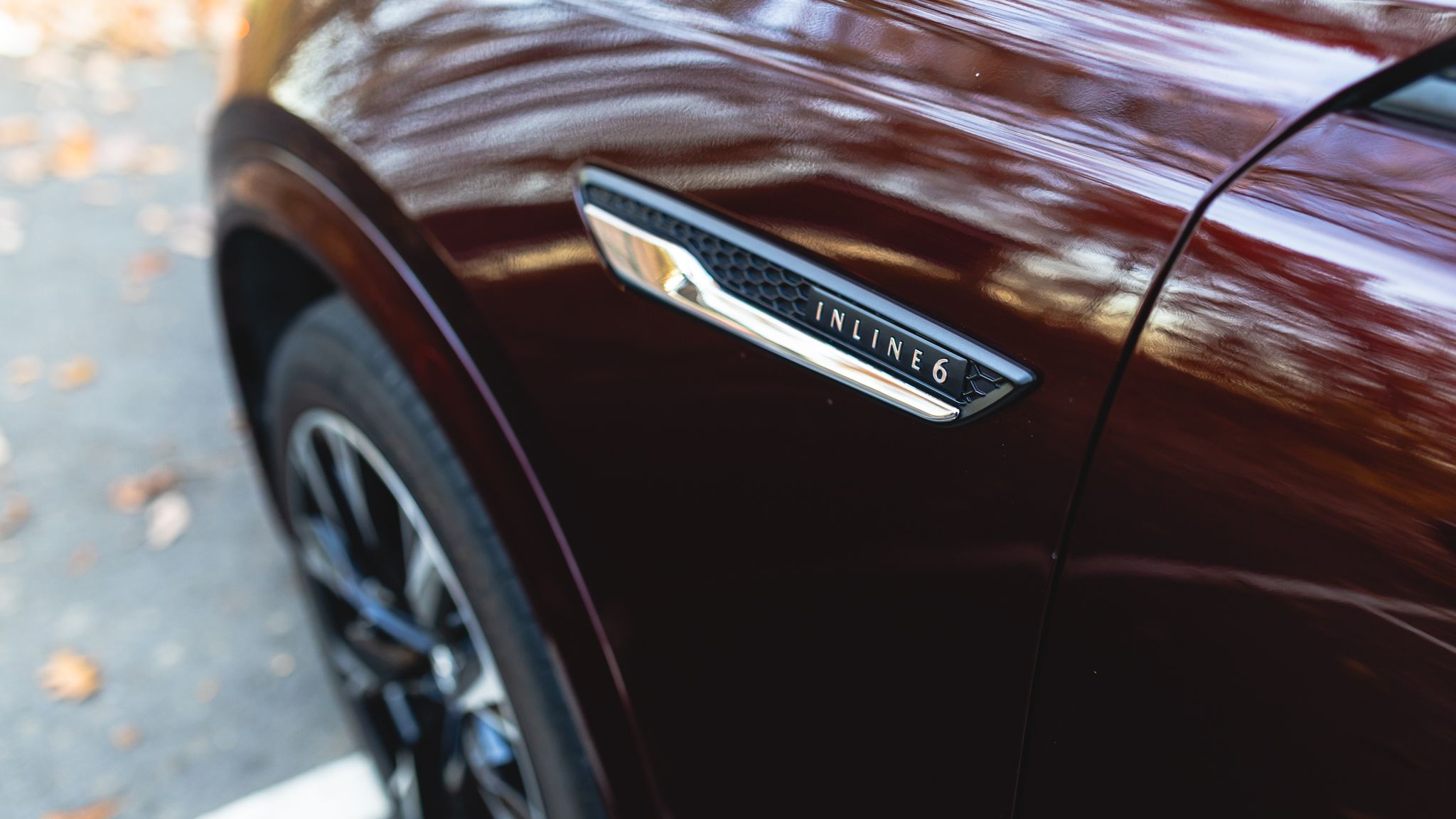
Automakers, like people, have certain things they do well. Staying within that comfort zone can lead to greatness. Straying outside can get a bit awkward. Mazda excels at its Jinba-ittai philosophy, which, dispensing with the poetry, means producing intuitive, driver-focused combustion vehicles. When Mazda focuses on that, the brand works wonders. This leads to sports cars like the MX-5 Miata and crossovers like the CX-5 being at or near the best vehicles to drive in their segment.
Where things have been more awkward for Mazda is electrification. We’ve been hearing about Sustainable Zoom Zoom 2030 plans — yes, that’s the name — for nearly a decade. But the brand is just dipping its toes into the market with hybrids and its now departed MX-30 EV, while stylish, offered a disappointing 100 miles of EV range.
Fortunately for Mazda enthusiasts, its future efforts are not all focused on electrification. Mazda has plans to keep its combustion engines in the lineup, including its buttery-smooth turbocharged 3.3-liter inline-six.

Next-Gen Hybrid Mazda CX-5 To Be Sold Side-By-Side With CX-50
We’re expecting a new generation of Mazda’s most popular-selling vehicle sometime this year.
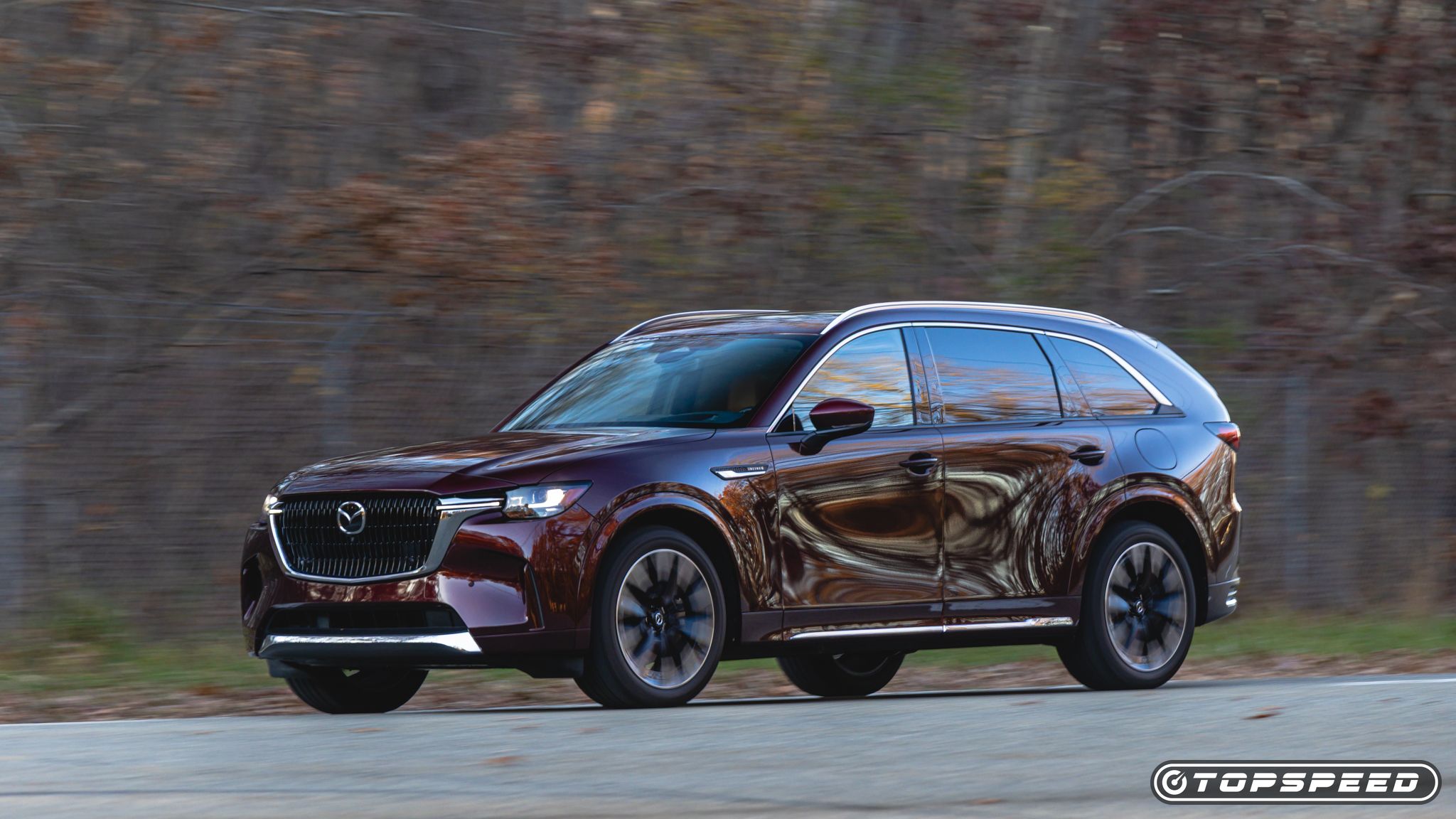
2025 Mazda CX-90
8.5 / 10MakeMazdaModelCX-90Trim Tested3.3 Turbo S Premium PlusSegmentsuv
Mazda Will Keep Six Cylinders Alive With Skyactiv-Z
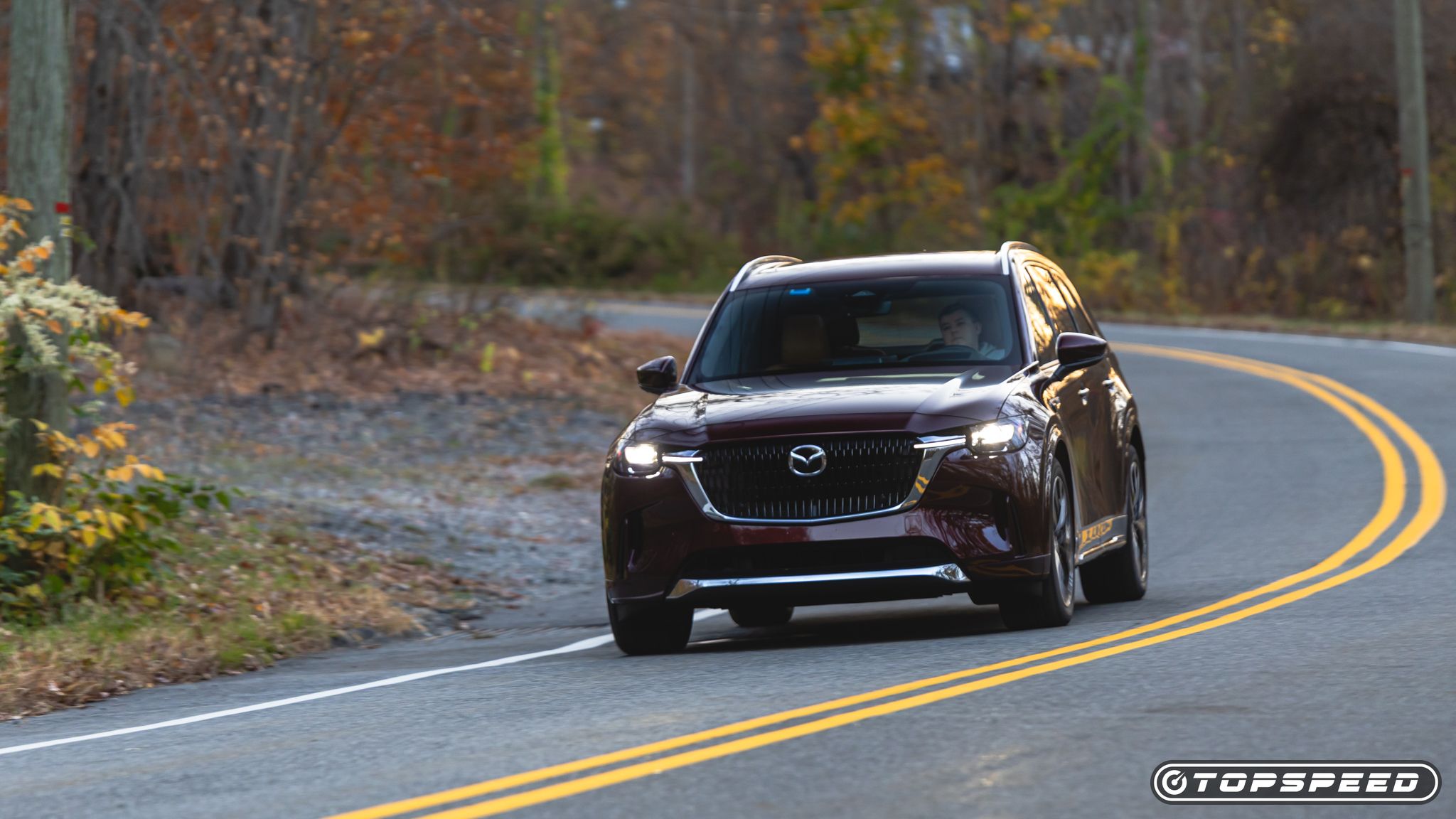
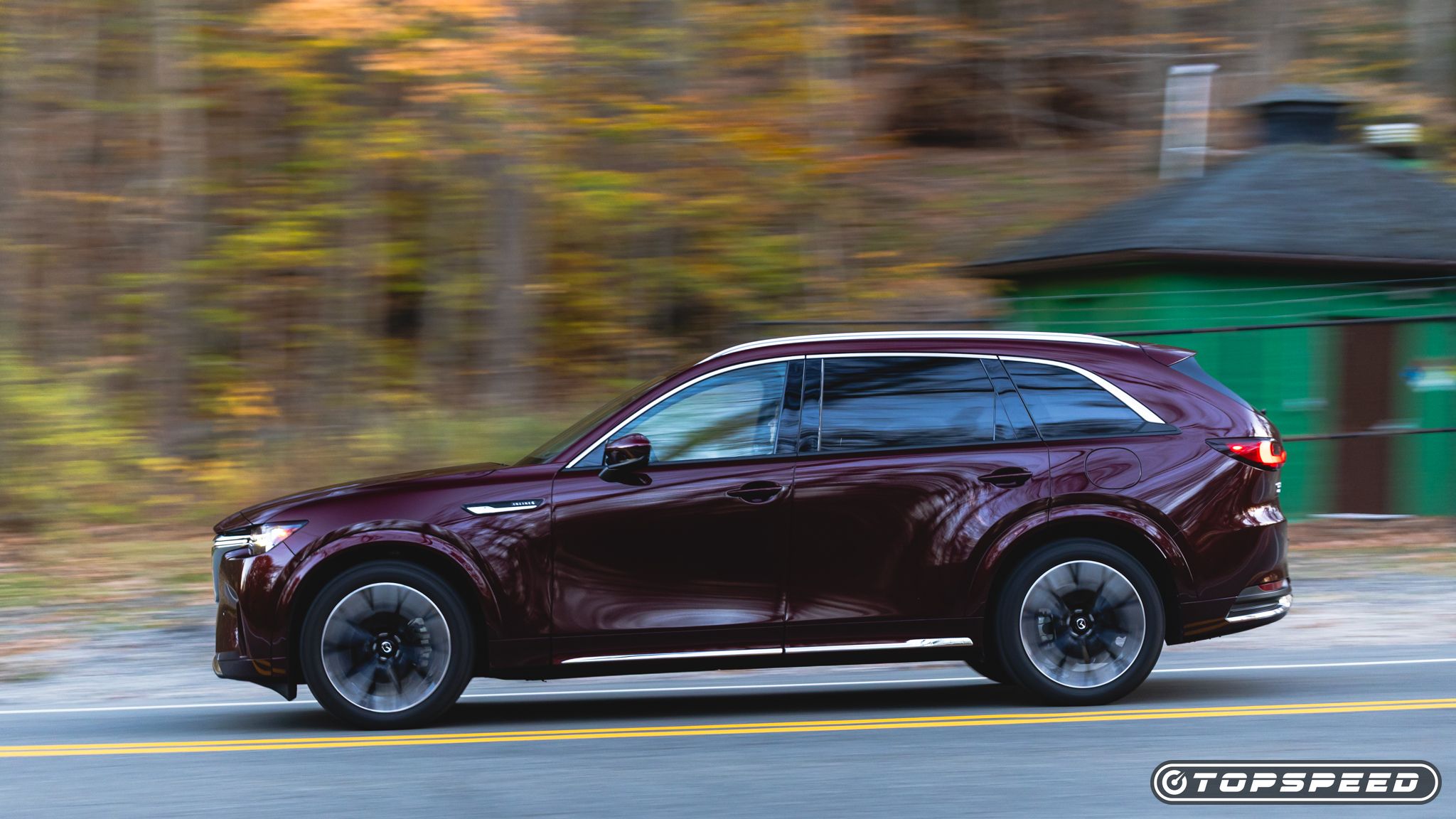
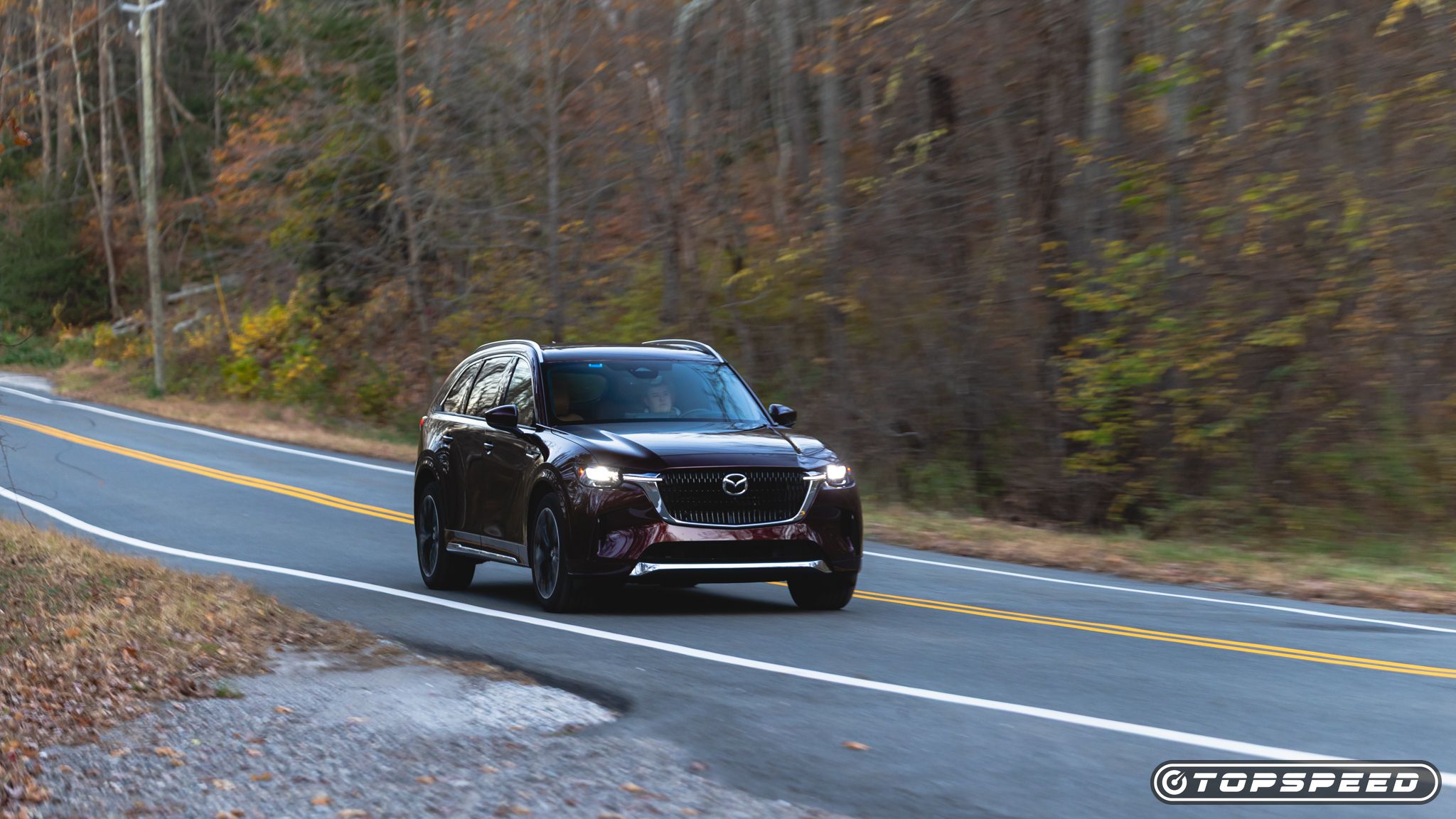
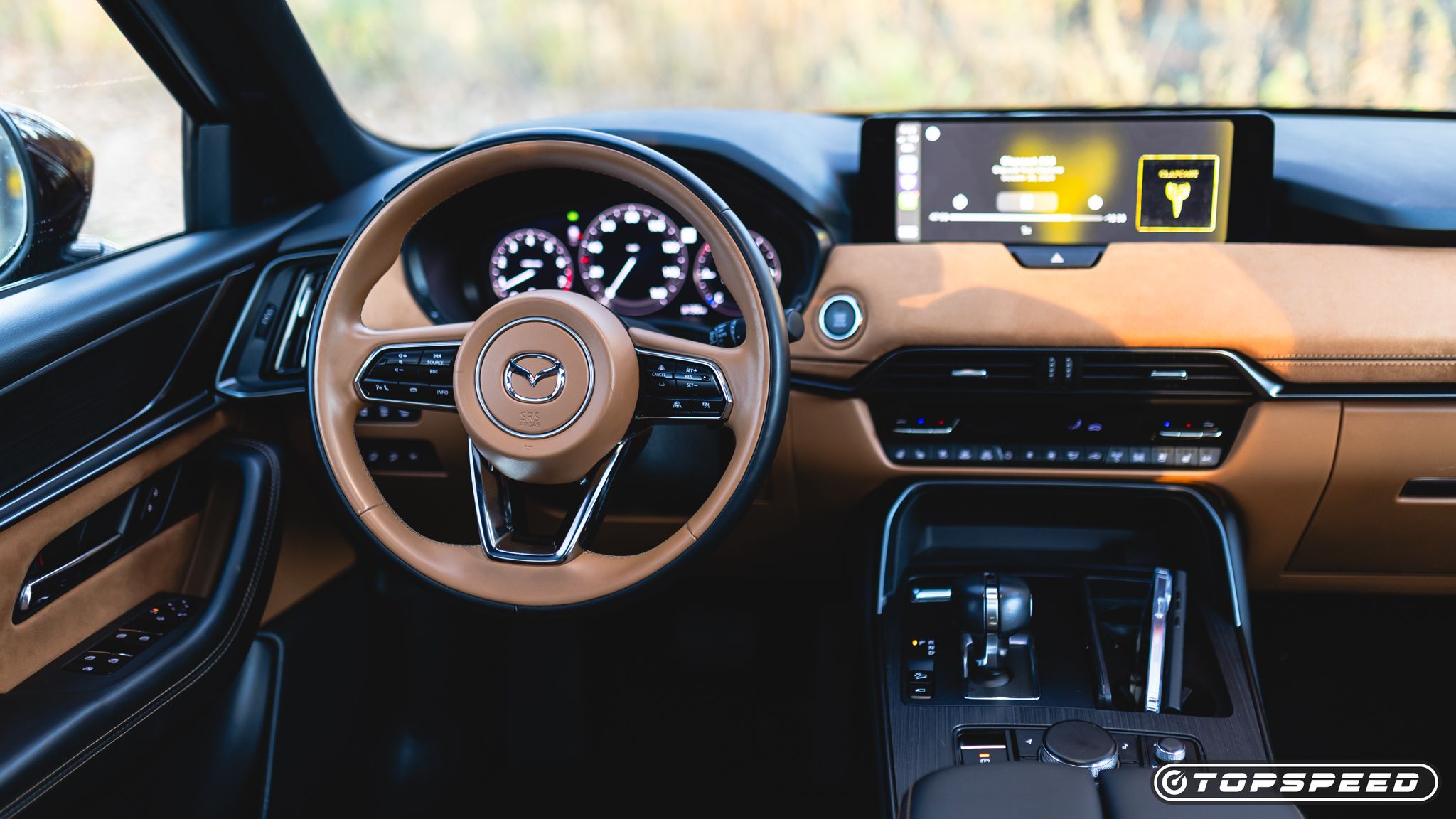
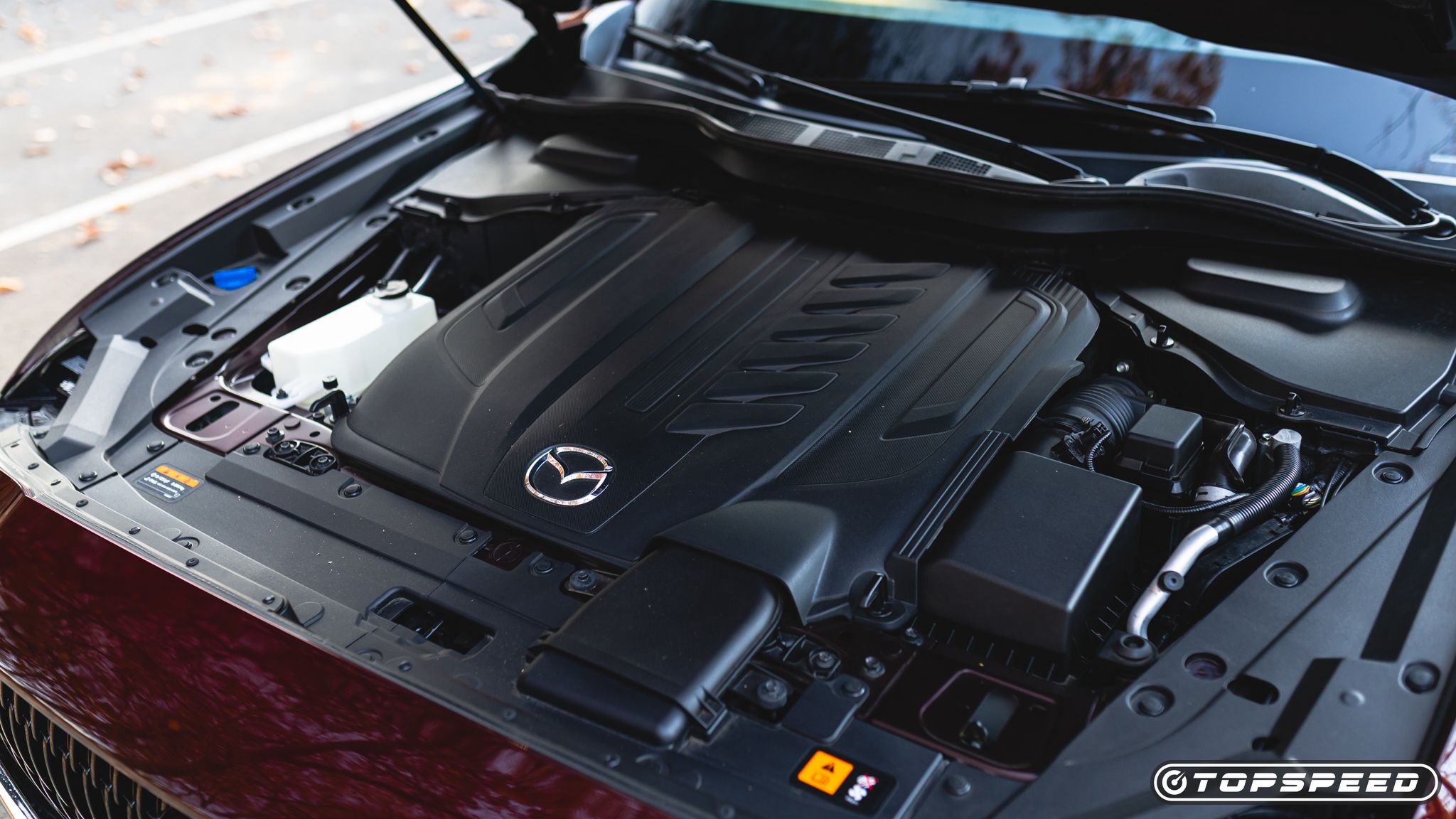





Mazda’s next-generation combustion engines, Skyactiv-Z, will offer “close to the ultimate combustion,” which the brand defines as achieving high fuel efficiency without sacrificing performance. Mazda will use Skyactiv-Z technology in standalone combustion engines, hybrids and rotary engines, which it has been designing for range-extended EVs.
Mazda explicitly confirmed that Skyactiv-Z tech would go to inline-six engines in its large vehicle segment. The Mazda CX-90 and CX-70 offer Mazda’s turbocharged 3.3-liter inline-six that delivers 340 horsepower. Now that we know that the engine will get new life for a second generation, it’s worth asking what models it could be used for.
Could Skyactiv-Z Mean a New Mazda 6 Sedan Is Coming?
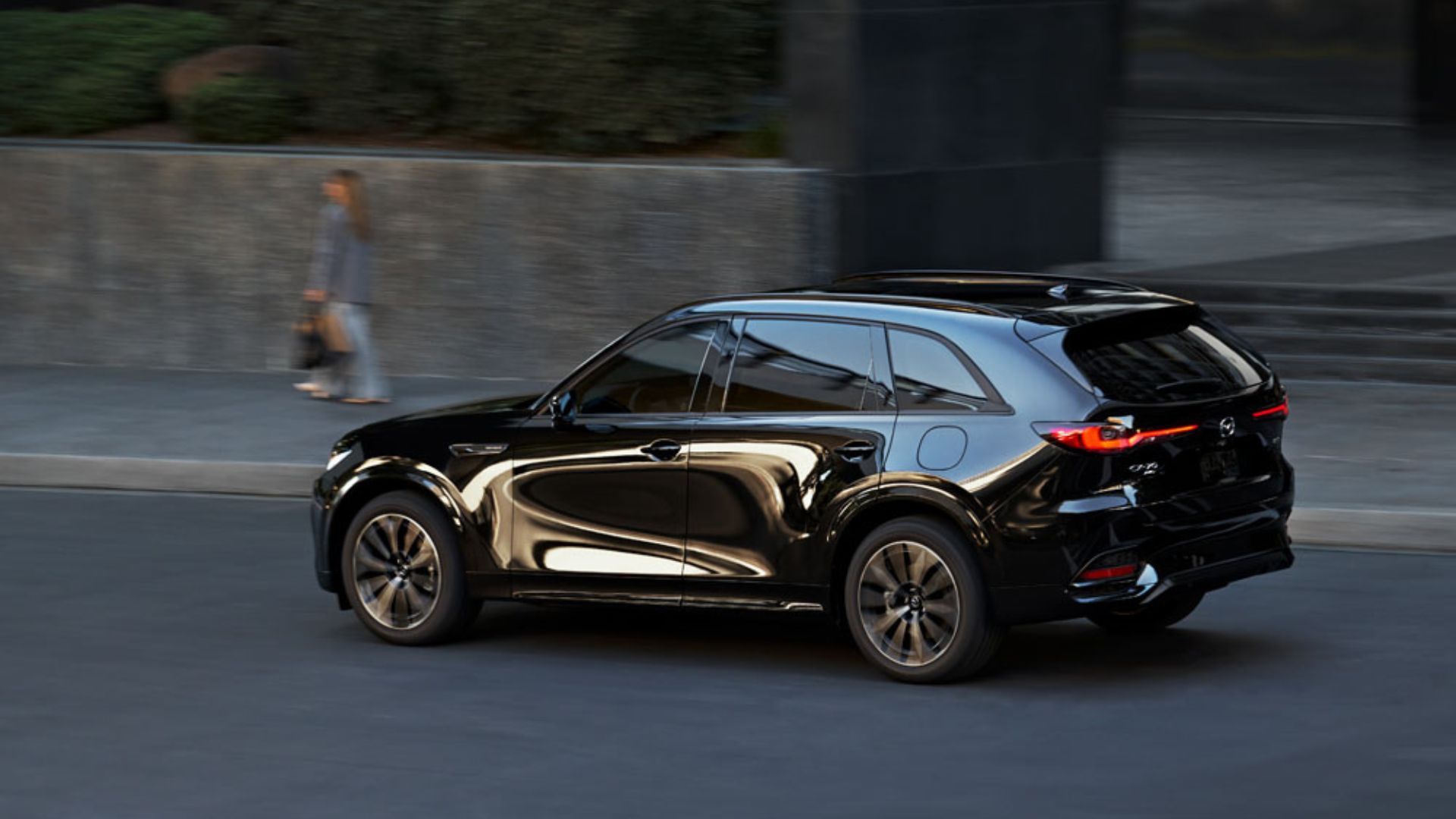
Mazda discontinued the Mazda 6 sedan back in 2021. Rumors have been floating about a successor returning ever since. Spy shots show Mazda testing what may be an EV sedan successor. A Japanese report from BestCarWeb back in 2023 had Mazda developing a new “four-door coupe” for the North American market. That report specified the new sedan would be built on the CX-90s platform and offer the same PHEV and six-cylinder combustion engine options. It was supposed to arrive sometime after 2025.
Mazda has not confirmed that a new six-cylinder sedan is coming, though the idea feels more probable than the engine ending up in a next-generation Toyota Supra. The Honda Accord and Toyota Camry ditching six-cylinder power may open up a large enough niche for a new Mazda to exploit.
TopSpeed’s Take

Mazda is having record sales success. That has come from focusing on what the brand does well (driving dynamics, style, reliability) and not pivoting too hard to what it doesn’t (efficiency). We’d all like more “sustainable zoom zoom.” But Mazda needs to sell cars to pay for that future. So, it’s not surprising to see Mazda keep building its successful six-cylinder SUVs while it can alongside them.



